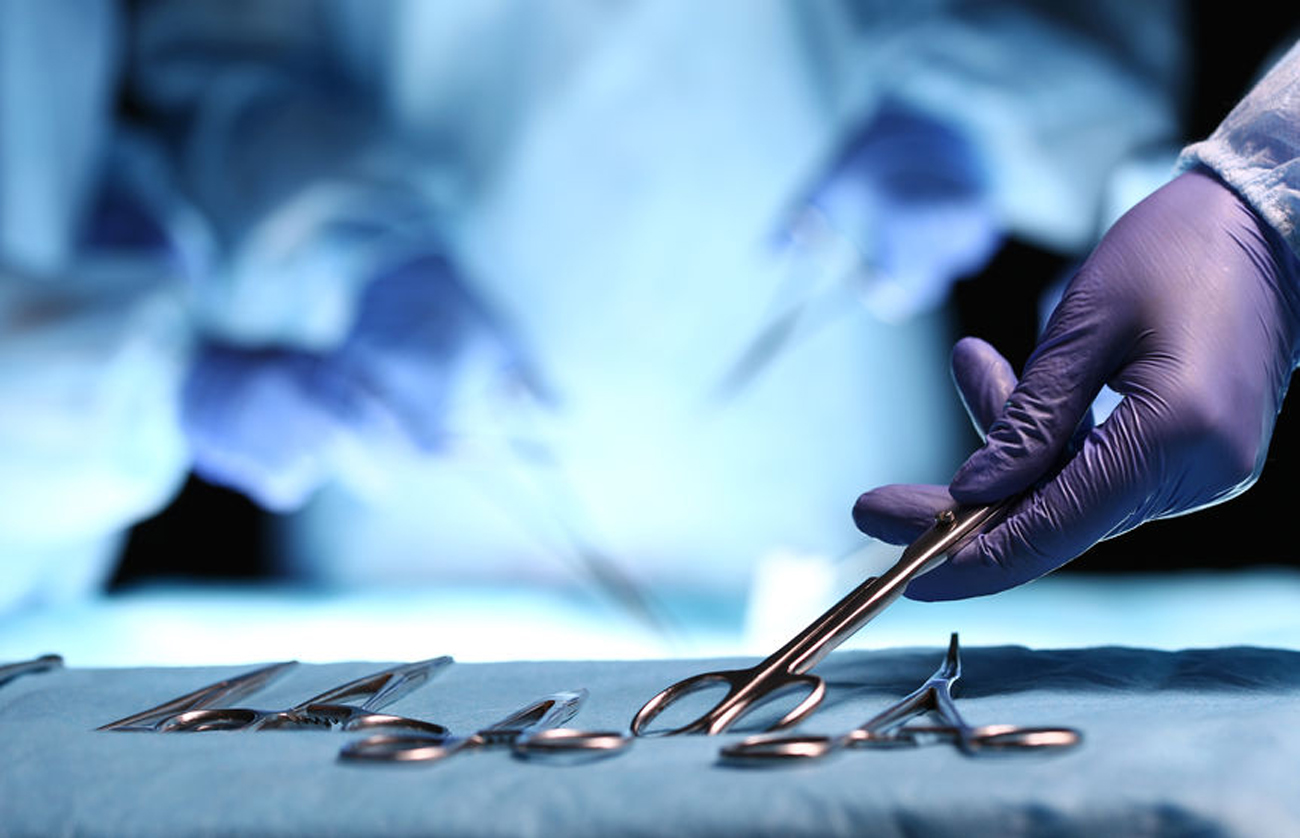

Surgery Options
What About Surgery?
This option is usually reserved for when other remedies prove ineffective and severe snoring persists.

Uvulopalatopharyngoplasty (UPPP)
Developed in the 1960s, UPPP was the first surgical procedure for snoring. A surgeon removes the uvula, the tonsils, and a rim of loose tissue at the edge of the soft palate. Recovery is similar to that following a tonsillectomy and you will need to stay in hospital for a few days. You usually have a very painful sore throat for a couple of weeks.
Laser-assisted uvulopalatoplasty (LAUP)
This is a more recent development and usually done on an outpatient basis. A laser is used to shorten the uvula and make small cuts in the soft palate. As these cuts heal, the surrounding tissue pulls tighter and stiffens, preventing loose tissue from flapping while you sleep.
The procedure causes little bleeding. Patients usually have a sore throat for about a week. Three or four procedures may be needed.
One important note about LAUP
It can be effective in stopping snoring, but it has not been shown to ease sleep apnea. In fact, undergoing this procedure can be dangerous for people with apnea because it removes the warning signal of this breathing disorder. So it's important to have sleep apnea ruled out by a physician before undergoing LAUP.
Somnoplasty
Developed in the mid-1990s, this FDA approved therapy for snoring involves radiofrequency waves through the tips of tiny needles inserted into the obstructive tissue to shrink it. Somnoplasty only takes a few minutes to perform and doesn't cause bleeding, but it may have to be repeated (outpatient basis) to achieve results. Although there is typically some swelling immediately following the procedure, post-treatment pain is usually minimal and can be managed with over-the-counter painkillers.
Palatal implants
Also known as the Pillar procedure. This is also FDA approved for snoring in the USA but experience is only fairly recent. Up to three matchstick-sized stiffening rods made of polyester material are implanted in the soft palate. The rods help prevent collapse of the palate, limiting obstruction of the back of the throat when a person falls asleep. It is done under local anesthesia in an office and is reversible. Sometimes the rods come out on their own, but this does not seem to cause significant discomfort. If palatal collapse is the main reason for a patient's snoring, then the procedure may improve symptoms; it has limited benefit when other anatomical problems are involved.
Other corrective surgeries
Remove large tonsils and correcting any obvioius anatomical abnormalities can help also.
